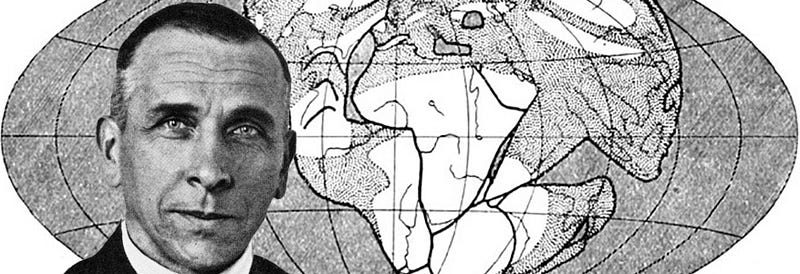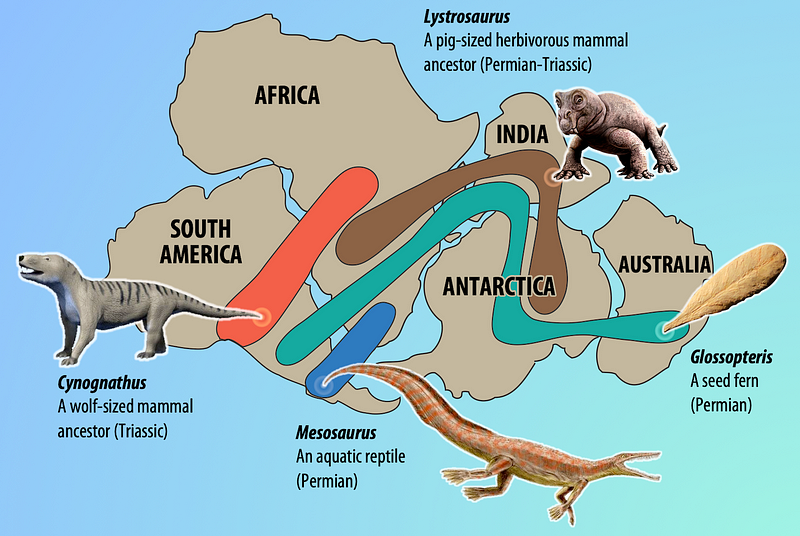Alfred Wegener: The Visionary Behind Continental Drift Theory
Written on
Chapter 1: The Life and Legacy of Alfred Wegener
Alfred Wegener, a German meteorologist, geophysicist, and polar researcher, is best known for his groundbreaking work on the theory of continental drift, which laid the groundwork for modern plate tectonics. Born in Berlin on November 1, 1880, Wegener initiated a significant shift in our perception of the Earth's dynamic forces through his extensive research.

Wegener's early career focused on meteorology, where he developed a keen interest in the interconnectedness of Earth's systems. However, it was during an expedition to Greenland from 1906 to 1908 that he discovered compelling evidence that would shape his future scientific endeavors.
His theory of continental drift, proposed in the early 1900s, suggested that the continents were not static but had shifted across the globe over vast geological periods. He cited various pieces of evidence, such as the complementary shapes of South America and Africa's coastlines, along with similarities in prehistoric climates, fossils, and geological formations that are now separated by extensive oceans.
Despite his insights, Wegener faced significant skepticism and resistance from the scientific community of his time, which held a prevailing belief that continents were firmly anchored in place. Many argued that any observed similarities between continents were mere coincidences or due to gaps in geological understanding. Nonetheless, Wegener remained steadfast in his quest to gather evidence supporting his theory.

A pivotal aspect of Wegener's work was his concept of the supercontinent Pangaea, which he theorized existed around 300 million years ago. He proposed that the continents drifted to their current locations as Pangaea gradually fragmented. Wegener elaborated on his theories in his influential book "The Origin of Continents and Oceans," published in 1915.
Tragically, Wegener did not live to see his theories gain widespread acceptance; he passed away during an expedition in Greenland in 1930. Nevertheless, his influence endured as later scientists built upon his ideas.
Technological advancements in the 1950s and 60s, such as seabed mapping and the discovery of mid-ocean ridges, provided robust evidence for the theory of plate tectonics. This contemporary framework not only included but also expanded upon Wegener's theories, elucidating the movement of Earth's lithospheric plates and the dynamic forces shaping the planet's surface.
Since then, Alfred Wegener's contributions have been recognized as vital to our understanding of Earth's geological history. Although he faced skepticism during his lifetime, his tenacity and insights paved the way for a scientific revolution that profoundly impacted the geophysics field. Today, plate tectonics stands as a foundational concept in Earth sciences, and Alfred Wegener's legacy serves as a testament to the power of visionary ideas in enhancing our comprehension of the natural world.
Section 1.1: Understanding Plate Tectonics
This video offers an introduction to the fundamental principles of plate tectonics and the role of Alfred Wegener in advancing this scientific field.
Subsection 1.1.1: The Foundations of Continental Drift
In this video, viewers will learn about the theory of continental drift, its historical context, and the evidence supporting Wegener's claims.